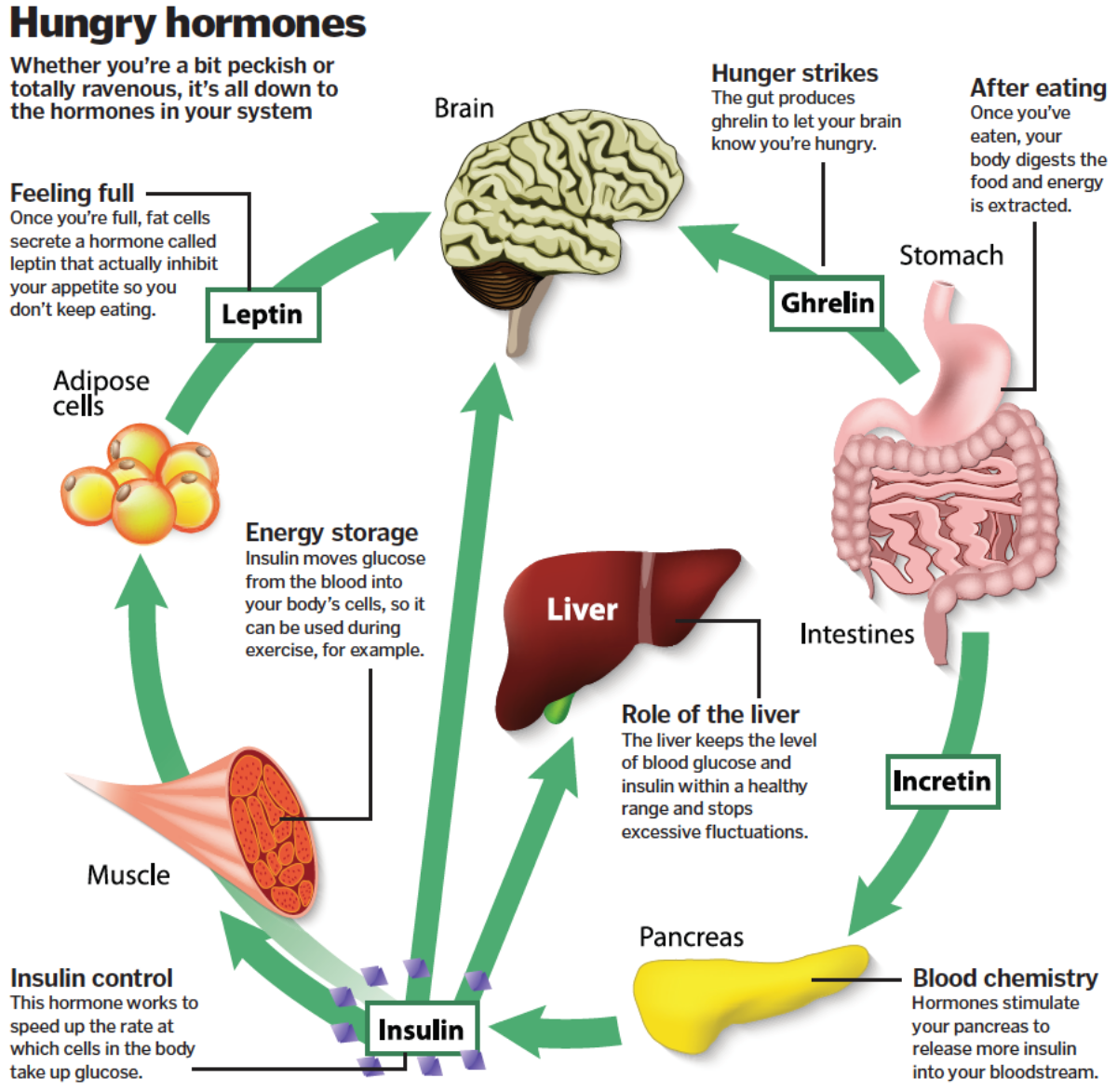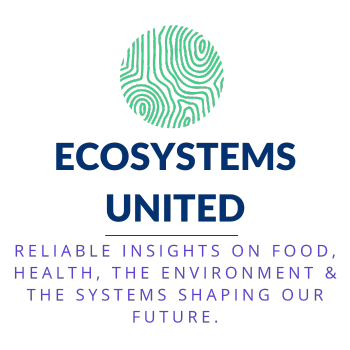what intermittent fasting is and how intermittent fasting affects your body

It’s hard not to love food. It’s comforting. It’s nourishing. It’s delicious and hardwired into our cultural practices. It has become our companion in the car, at our desks, in front of the TV, and on-the-go. As such, our relationships have lost some of their much-needed boundaries. Our lack of personal space has come to hurt us as we overeat and gain weight. As we use food as a crutch, friend or filler, we forget that food is ultimately our source of fuel. It is what helps us be our best in an increasingly chaotic world.
One way to help us reevaluate our relationship with food and get back on better terms is fasting. Fasting involves a period of not consuming any calorie-containing foods. Intermittent fasting is fasting for regular intervals of time.
The practice of intermittent fasting helps to train the body by mindfully ‘teaching’ the body as to when to be hungry.
How does this work?
To best understand the process it is important to understand the interrelated factors at play.

First, there is insulin which is a hormone produced by the pancreas that helps the body absorb carbohydrates for energy. If the body does not need any more energy, it is stored in the liver as glycogen, i.e. chains of glucose. An excess of glycogen will be stored as fat. The more we eat, the more insulin and glycogen is produced.
Having more insulin in our blood also makes us want to eat more and can suppress the effect of leptin which is the satiety hormone.
If we stop ingesting caloric foods, after 4 – 6 hours, the pancreas will produce glucagon. Glucagon is the ‘opposite’ of glycogen because it helps the body to pull energy from the liver and from fat stores. If the body never goes that long without food, glucagon can never do its job.
This is where intermittent fasting comes into the picture.
By choosing to forgo food for certain periods of time, the negative influences of insulin [like being constantly hungry, a symptom of insulin resistance which causes the body to be less attuned to feelings of hunger] can be overcome.
In other words, insulin levels are reduced when not constantly consuming more fuel, thus allowing our bodies to operate more efficiently by using various types of energy [like fat].
This occurs in stereo with controlling the hunger-inducing hormone ghrelin by training the body to only expect food during certain periods. It is possible to do this because hunger is not constant, rather it comes in waves and our consumption choices impact these waves. Generally, adapting to new eating habits will take several days to several weeks.
There are a few common varieties of intermittent fasting.
An introductory method is eating for 12 hours and fasting for 12 hours. This would mean, for example, eating only from 8:00 – 20:00 and drinking only coffee and tea without sugar or milk and water from 20:00 – 8:00.
A more rigorous approach is the Leangains Protocol or the 16:8 approach. In this method, a person eats for 8 hours of the day and fasts for 16 hours. For example, eating from 12:00 – 20:00 and fasting from 20:00 – 12:00.
Others who are more experienced with fasting will sometimes go entire days without eating. This can either take the form of picking 1 or 2 days a week to go 24 hours without eating. Others may choose to fast every other day. A less rigorous version of the latter involves reducing calorie consumption to 500 calories every other day.
Fasting for longer than 24 hours at a time is generally not considered ‘intermittent’ fasting, rather it is considered ‘just’ fasting.
It is important to note that when intermittent fasting, there is generally no calorie reduction during the selected eating periods. However, it is always best to try to eat produce, healthy proteins, and good fats. Staying hydrated is key so drinking non-caloric drinks like seltzer, coffee, and water is essential.
Likewise, people who have any health concerns or are under the age of 18 should consult with their physician before fasting. Pregnant women should not generally fast.
Beyond diet-based reasonings for fasting, there are also spiritual and religious approaches to fasting like during Ramadan, the 9th month of the Islamic calendar when people do not consume anything [beverages or food] from dusk until dawn.
sources:
- Antoni, R., Johnston, K. L., Collins, A. L., & Robertson, M. D. (2017). Effects of intermittent fasting on glucose and lipid metabolism. Proceedings of the Nutrition Society, 76(3), 361-368.
- Johnstone, A. M. (2007). Fasting–the ultimate diet?. obesity reviews, 8(3), 211-222.
- Patterson, R. E., Laughlin, G. A., LaCroix, A. Z., Hartman, S. J., Natarajan, L., Senger, C. M., … Gallo, L. C. (2015). Intermittent Fasting and Human Metabolic Health. Journal of the Academy of Nutrition and Dietetics, 115(8), 1203–1212.
image credit:


3 Comments
Comments are closed.